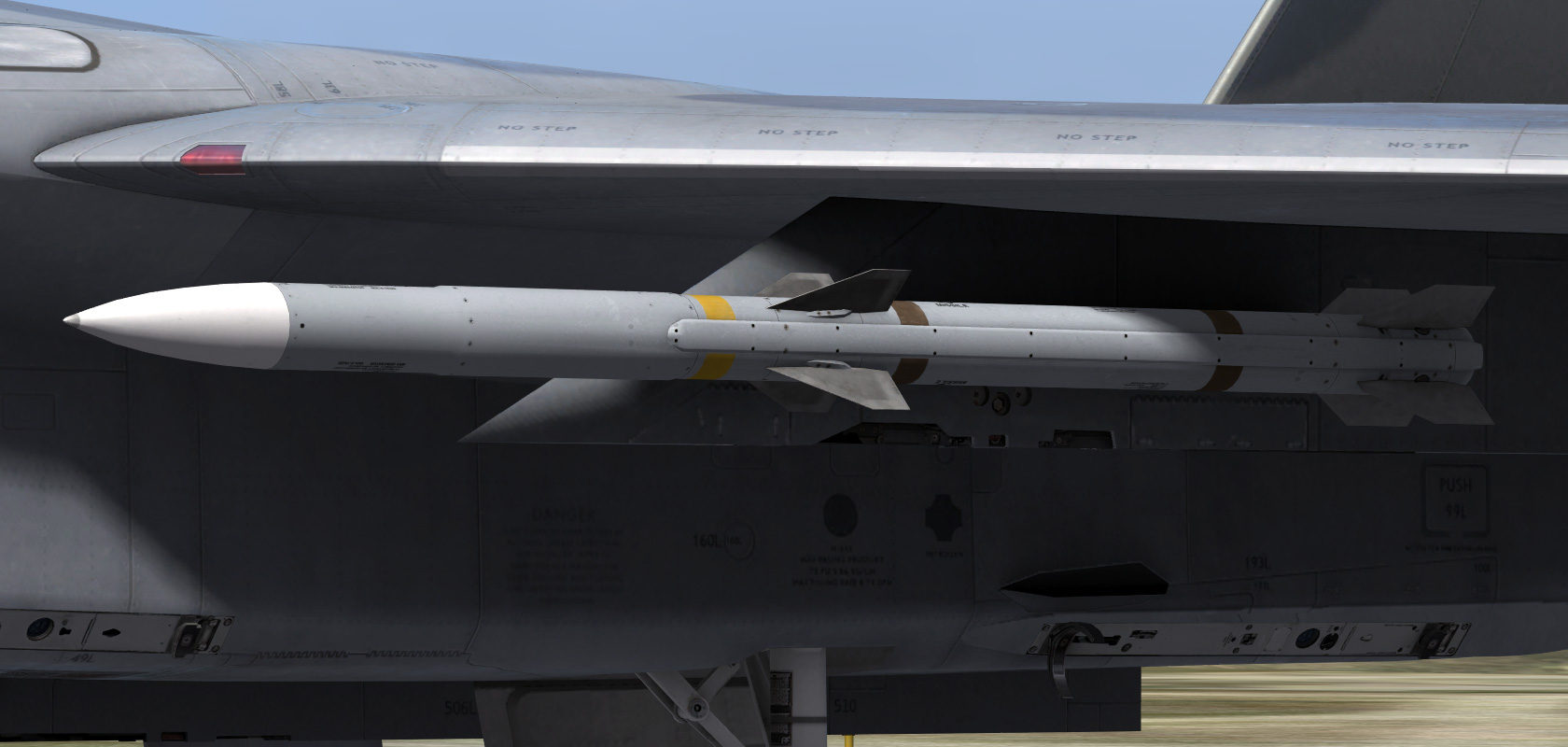
The airframe was developed by the Douglas Aircraft Company. The weapon was initially dubbed KAS-1, then AAM-2, and - from 1948 on - AAM-N-2. In 1947 the Navy contracted Sperry to build a beam-riding version of a standard 5-inch (127 mm) HVAR, the standard unguided aerial rocket, under Project Hotshot. The Sparrow emerged from a late-1940s United States Navy program to develop a guided rocket weapon for air-to-air use. With the retirement of the Sparrow in the air-to-air role, a new version of the Sea Sparrow was produced to address this concern, producing the larger and more capable RIM-162 ESSM.ĭevelopment Sparrow I Sparrow I's during tests on a Douglas F3D Skyknight in the early 1950s Fired at low altitude and flying directly at its target, though, the range of the missile in this role is greatly reduced because of the higher air density of the lower atmosphere. The Sparrow was also used as the basis for a surface-to-air missile, the RIM-7 Sea Sparrow, used by a number of navies for air defense. The Japan Self-Defense Forces also employ the Sparrow missile, though it is being phased out and replaced by the Mitsubishi AAM-4. Aspides sold to China resulted in the locally produced PL-11. This basic concept then became part of the US Sparrows in the M model (for monopulse) and some of these were later updated as the P model, the last to be produced in the US. Both could be fired at targets below the launching fighter ("look-down, shoot down"), were more resistant to countermeasures, and were much more accurate in the terminal phase. In the early 1970s, the RAF developed the Skyflash version with an inverse monopulse seeker and improved motor, while the Italian Air Force introduced the similar Aspide. Additionally, early models were only effective against targets at roughly the same or higher altitudes, below which reflections from the ground became a problem.Ī number of upgraded Sparrow designs were developed to address these issues. As the launching aircraft's own radar needed to be pointed at the target throughout the engagement, this meant that in fighter-vs-fighter combat the enemy fighter would often approach within the range of shorter-range infrared homing missiles while the launching aircraft had to continue flying towards its target. Against smaller targets, the need to receive a strong reflected radar signal made it difficult to achieve lock-on at the missile's effective range.

The early Sparrow was intended primarily for use against larger targets, especially bombers, and had numerous operational limitations in other uses.

It remains in service, although it is being phased out in aviation applications in favor of the more advanced AIM-120 AMRAAM. Sparrow and its derivatives were the West's principal beyond visual range (BVR) air-to-air missile from the late 1950s until the 1990s. The AIM-7 Sparrow (Air Intercept Missile ) is an American medium-range semi-active radar homing air-to-air missile operated by the United States Air Force, United States Navy, United States Marine Corps, and various other air forces and navies.


 0 kommentar(er)
0 kommentar(er)
